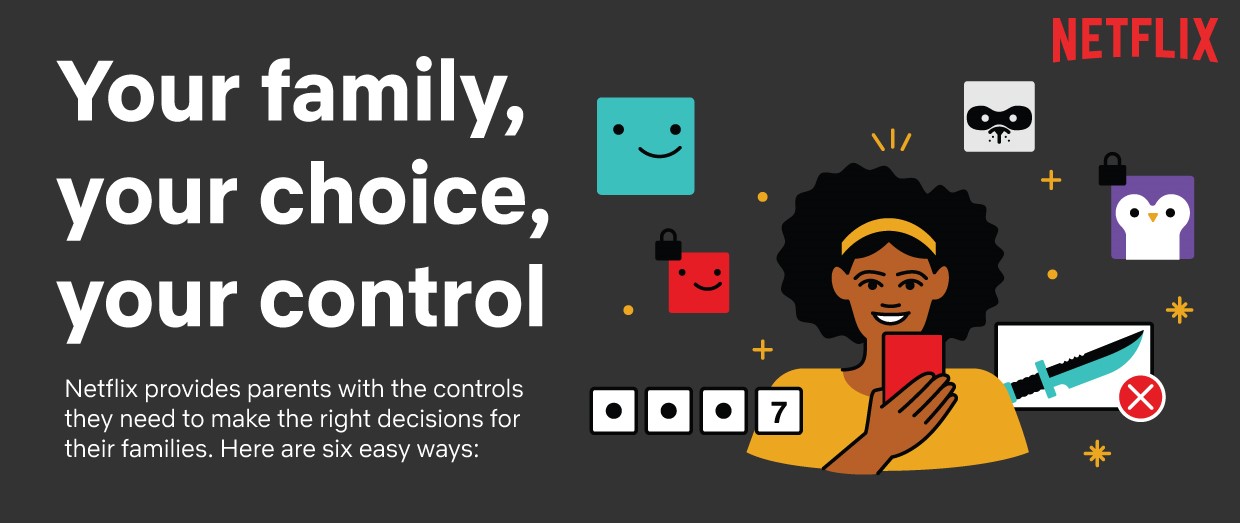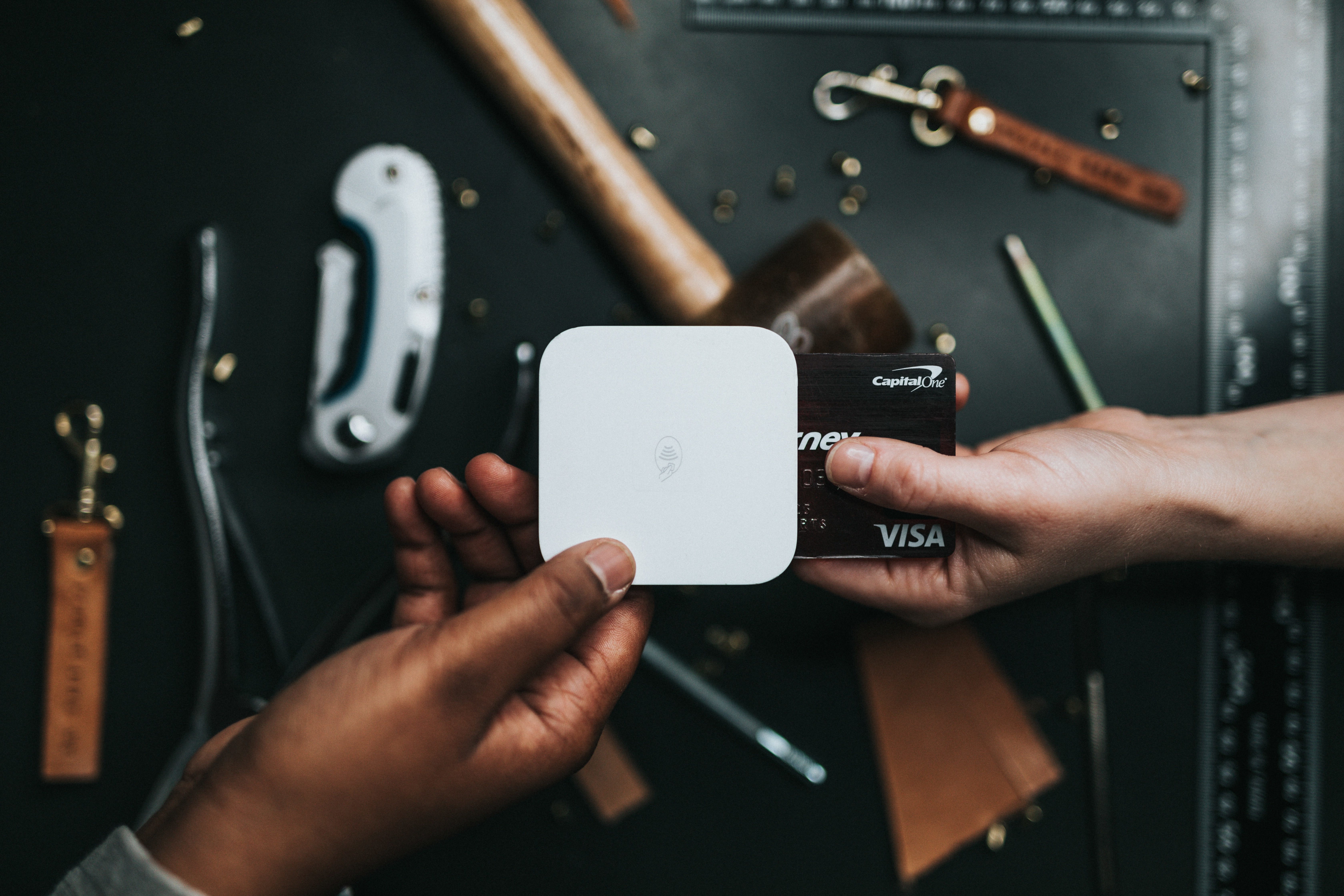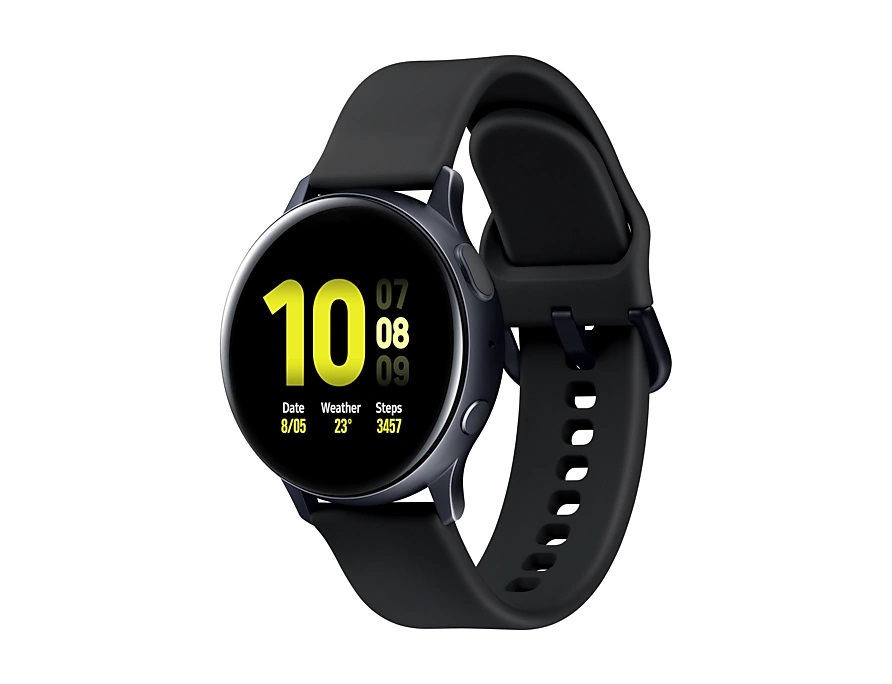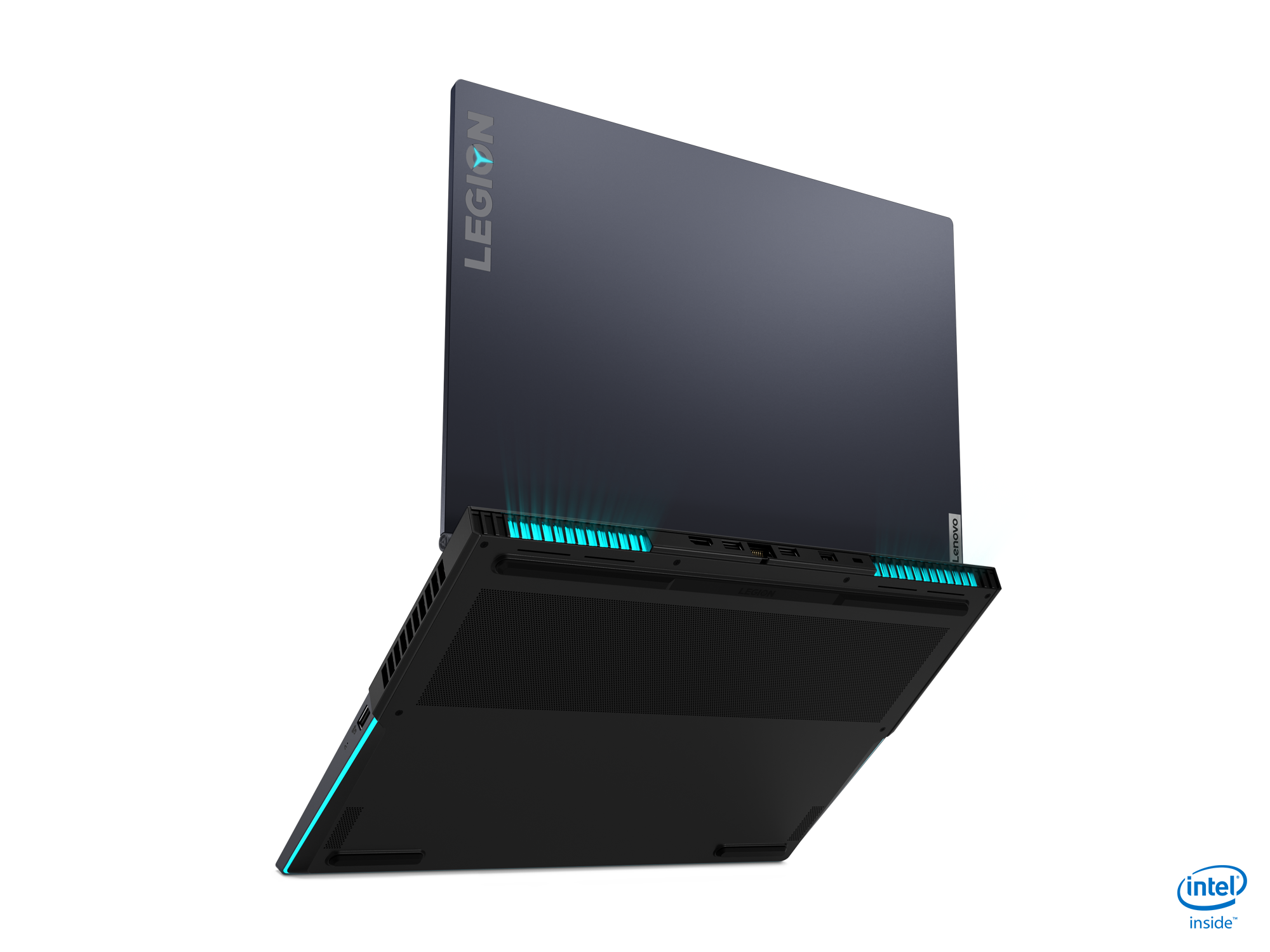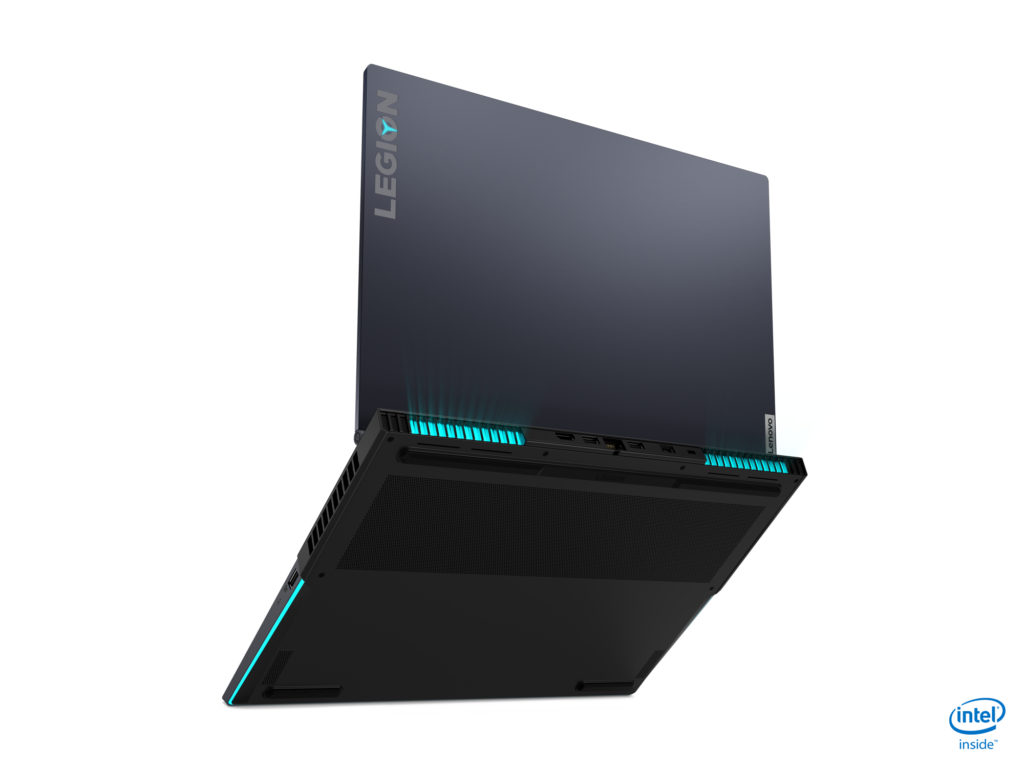Sony has unveiled the final design for the upcoming PlayStation 5 controllers. The first thing to take note of: it’s not the DualShock 5. Sony is renaming its controllers to DualSense; and for good reason. The new controllers are pioneering new features we’ve not seen in any DualShock controller of the past. In fact, we may have not even seen them on any XBox or Nintendo controller to date.
The aesthetics of PlayStation controller of the past is also out the window with DualSense. The new DualSense controllers will now come with a two tone finish. A change that we are excited about. The new two tone finish puts a rather futuristic finish on what was once a drab single tone coloured design. However, we’ve seen Sony toy around with this idea in some of the later editions of the DualShock 4 controllers.
“DualSense marks a radical departure from our previous controller offerings and captures just how strongly we feel about making a generational leap with PS5. The new controller, along with the many innovative features in PS5, will be transformative for games – continuing our mission at PlayStation to push the boundaries of play, now and in the future. To the PlayStation community, I truly want to thank you for sharing this exciting journey with us as we head toward PS5’s launch in Holiday 2020. We look forward to sharing more information about PS5, including the console design, in the coming months.”
Jim Ryan, President & CEO, Sony Interactive Entertainment

Of course, aesthetics aside, we know that Sony is focusing on the gamer experience when it comes to the PlayStation 5. In fact, the company explained, at length, the technology in the PS5 which includes a new focus on audio called Tempest 3D AudtioTech. The same considerations for immersive gaming came into play with designing the PS5’s DualSense controllers. The new controllers will be the first from Sony to feature haptic feedback. The adoption of haptic feedback technology will allow developers to enhance the gaming experience by increasing the level of detail when it comes to touch. Sony touts the grittiness of driving a car through mud as one of the examples.
In addition, Sony has also brought some change to the design of the PlayStation 5’s DualSense controllers. The L2 and R2 buttons will also have adaptive technology. Sony’s new adaptive triggers will allow developers to program finer details into the triggers. Resistance and perhaps multi stop functionality will probably come with the adaptive triggers. The angle of the triggers have also been adjusted for better ergonomics and to make space for the many components of the controller.

Sony has also replaced the Share button with a “Create” button. Sony claims that they are “…once again pioneering new ways for players to create epic gameplay content to share with the world..”. However, they didn’t elaborate on what they meant – yet. Sony has also included a built in mic array to make it easier for gamers to communicate. That said, the company said that the feature shouldn’t replace a proper gaming headset in the long term.
The new DualSense controller also features a redesign which takes the traditional DualShock design and throws it out the window. Gone are the rounded tops with conical protrusions. Instead, Sony has opted to go with a more boomerang like design that looks more ergonomic than previous designs. The company also reassures us that the controller is smaller than it looks. Another major change is the placement of the lightbar. Instead of being front and centre like the DualShock 4, the lightbar is now flanking the touchpad on either side. Smaller details such as the analogue control design has also been changed. According to PushSquare Sony has changed the analogue sticks to have a textured outer rim with a smoothed center section.
Overall, the PlayStation 5’s DualSense controller builds upon the successful base of the DualShock 4. It also holds Sony’s intention of pushing “the boundaries of play” when it comes to their new console. The PS5 is set to launch later this year. To be specific – during Holiday 2020.

